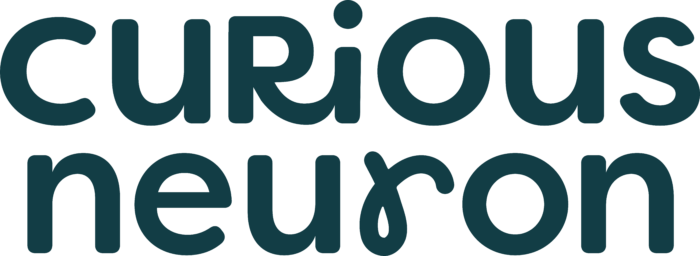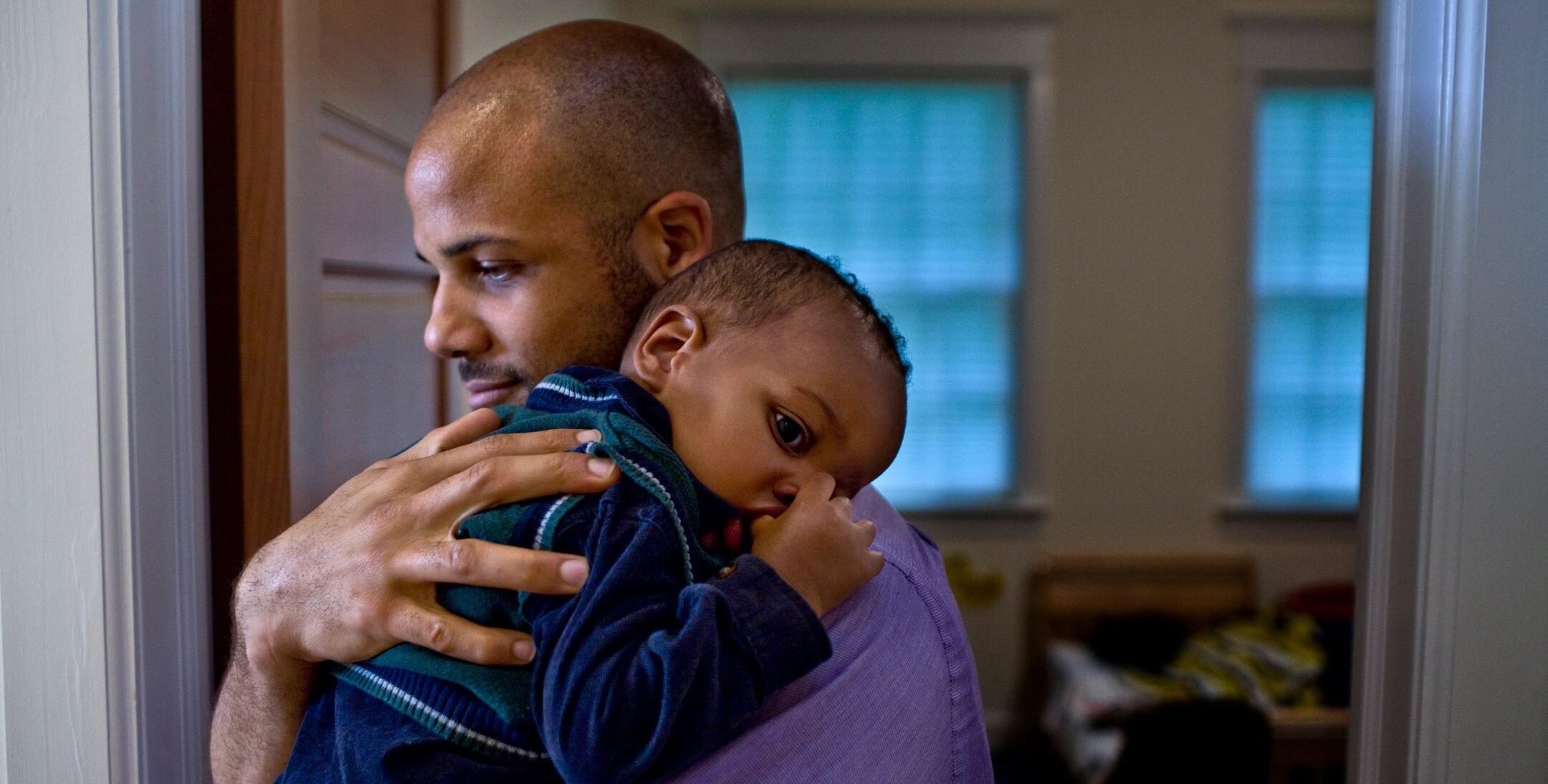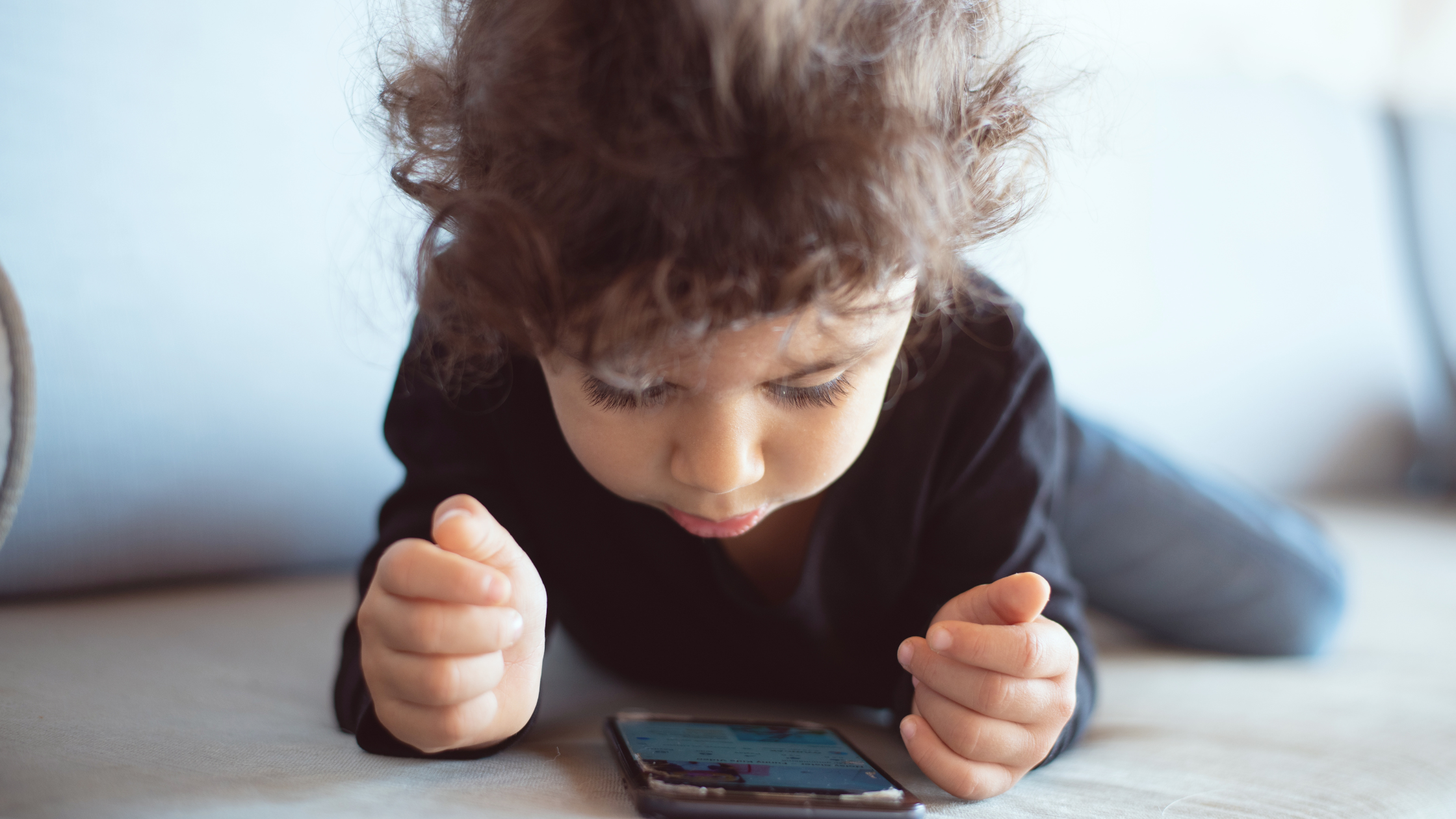Written by Stefanie Cortina, M.H.Sc., Orthophoniste/S-LP (C)
Montreal, Canada
What is social communication?
Social communication (or pragmatic language) refers to the way in which children (and adults) use language to communicate with others in different social situations and with different people.
Social communication encompasses three major skills:
1. Using language for different reasons. This refers to using language in a variety of ways such as greeting (e.g., saying hello), sharing information (e.g., “I am going to the store”), demanding/requesting (e.g., “I want more juice, please), protesting (e.g., “No, thank you”), etc.
2. Changing and adapting language according to the social situation or the listener. This refers to the way we change the level of language we use depending on the context. For example, talking differently to a child versus an adult, or to a friend versus a teacher.
3. Following the rules for conversation and storytelling. These “rules” of often implied and not explicitly taught. They include making eye-contact, turn-taking when you talk, staying on topic, using and understanding facial expressions and body language, and understanding social norms like knowing to stand at an appropriate distance from the speaker. It is important to note that these rules can vary from one culture to another. (ASHA)
Why are social skills important?
Growing research suggests that children’s social skills in kindergarten are a good predictor of their success at age 25 years. While the academic curriculum (i.e., school) is primarily regarded as the place where children learn reading, writing, and math, it is also the place where they develop their social skills. Social communication is important in order to be able to form friendships and build social relationships with other people. It is also important academically, as many curriculum-based activities rely on working in groups and communication between peers.
During the later school years, these fundamental social communication and pragmatic language abilities pave the way for the development of higher-level language skills, which refers to advanced language processing and allows us to use abstract thinking, deductive verbal reasoning skills, and understanding connections and associations between concepts (e.g., advanced vocabulary, word relationships) (Rhea, 2001).
What can you do to help?
The development of social skills begins right from birth! So, it is important to help promote and stimulate your child’s social development right from the start.
1.Respond to your baby’s gestures, gazes and sounds
-
Interpret their coo’s and gaa’s – this will teach them that their communicative attempts are effective and important
-
Make eye-contact and hold your gaze to theirs as much as possible
-
Imitate your baby’s sounds – this will encourage them to continue to develop these skills
2. Help build language skills and encourage communication
-
Be face to face with you child – get down to their level!
-
Label/name objects, actions, locations, sounds – talk about what your child sees and does
-
Expand your child’s utterances – If a child say’s “juice”, you can say “I want juice, please”
-
Describe actions and narrate what you do as you go through daily routine
-
Ask open ended questions that promote conversation (“what did you do today” vs. “Did you have a good day”)
-
Wait! Give your child time to respond.
3. Read, read, and read more! Reading is a great way to teach vocabulary and develop story-telling skills. As your child gets older, encourage them to take parts in the reading by asking them to turn the page, asking them questions, and having them point to and label picture.
4. Encourage pretend play. Introduce games like dress-up and role play.
5. Make up stories. Use wordless picture books (ex: Goodnight Gorilla) and encourage story telling (you can also use a Story Box, Story Cubes or magnetic pictures). With time, help your child include more details such as character’s names, characters’ feelings throughout the story, different actions that take place etc.
6. Recognize and talk about their feelings. Validate what your child might be feeling and develop a “feelings” vocabulary, for example “I know you are angry because your toy broke”. Also, let them know that it is ok to experience different emotions (e.g., “Sometimes mommy feels sad too”)
About the Author
Stefanie, a certified Speech-Language Pathologist, graduated from the University of Toronto in 2016, and has since been gaining valuable experience in the assessment, treatment and management of communication disorders in the pediatric population. Stefanie has a true appreciation for the value of communication and she continuously strives to provide individuals with the opportunity to reach their maximum potential. She is passionate about advocating for her clients and her goal is to provide the best quality of care through assessment, treatment, and patient/family education.
While Stefanie’s specialty is in treating children with limitations in social communication, she possesses a skill set to assess and treat various speech and language disorders such as motor speech disorders, voice disorders, language based learning disabilities, and dyslexia/dysgraphia and has worked with special populations including ASD, Down Syndrome, Global Developmental Delay, Fragile X Syndrome and more. Moreover, Stefanie continues to enhance her knowledge by attending workshops, training and seminars related to her field of practice, and by keeping up to date with current evidence-based research.
Related content:
-
Play and brain development workshop
REFERENCES:
Potera, C. (2015). Do Strong Social Skills in Kindergarten Predict Success? AJN, American Journal of Nursing, 115(10), 15. doi:10.1097/01.naj.0000471925.87590.f1
Cohen, C. (2000). Raise Your Child’s Social IQ: Stepping Stones to People Skills for Kids. Silver Springs, MD: Advantage Books.
Paul, Rhea (2001) Language Disorders from Infancy through Adolescents: Assessment and Intervention.
https://www.asha.org/public/speech/development/social-communication/












